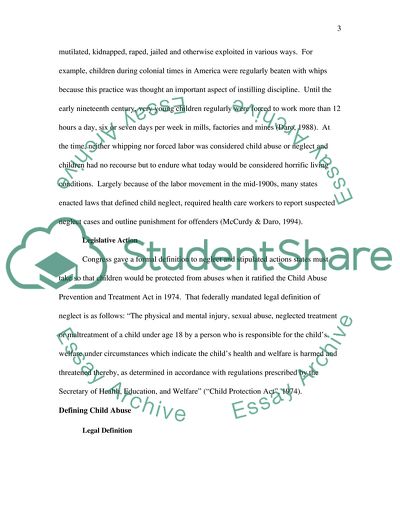Cite this document
(The Definition and Effects of the Child Neglect Research Paper, n.d.)
The Definition and Effects of the Child Neglect Research Paper. Retrieved from https://studentshare.org/gender-sexual-studies/1721047-consequences-of-child-abuse-and-neglect
The Definition and Effects of the Child Neglect Research Paper. Retrieved from https://studentshare.org/gender-sexual-studies/1721047-consequences-of-child-abuse-and-neglect
(The Definition and Effects of the Child Neglect Research Paper)
The Definition and Effects of the Child Neglect Research Paper. https://studentshare.org/gender-sexual-studies/1721047-consequences-of-child-abuse-and-neglect.
The Definition and Effects of the Child Neglect Research Paper. https://studentshare.org/gender-sexual-studies/1721047-consequences-of-child-abuse-and-neglect.
“The Definition and Effects of the Child Neglect Research Paper”, n.d. https://studentshare.org/gender-sexual-studies/1721047-consequences-of-child-abuse-and-neglect.


